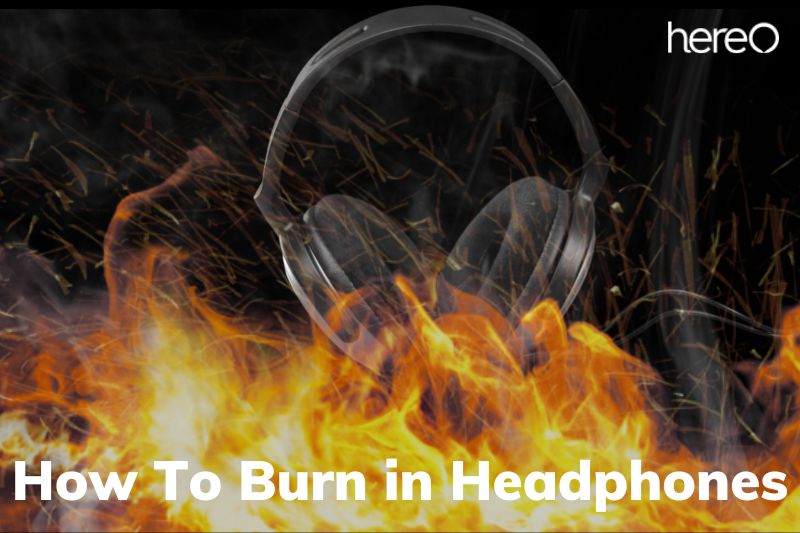Some people think that you should burn in your new headphones before using them. To achieve a better, more accurate sound, this entails playing hours of sample sounds to help break in the headphone drivers. But does burn in headphones actually work? If it does, how to burn in headphones?
Contents
What Is Headphone Burn-In?

Headphone burn-in is a process of playing numerous different frequencies and tones to wear in the drivers and diaphragm of new headphones before they are used to listen to music.
This process is similar to wearing a new pair of shoes. During this process, the characteristics of the headphones will change as the components become more flexible.
When the diaphragm moves, it creates pressure waves in the air around you, and when it hits your ear and moves your eardrum, you hear music.
Those who believe in headphone burn-in contend that as the new headphones come with all new hardware, the voice coil, magnet, and diaphragm are rigid and do not move as freely as possible, leading to inaccurate audio playback.
This is one of the most popular audio myths of all time, so there’s going to be a large segment of audiophiles who swear up and down that this is a make-or-break part of the headphone experience. While it’s not essential, there’s a kernel of truth in the myth.
Most headphones require at least 40 hours of burn-in time to reach their optimal performing state. The main purpose of the burn-in process is to loosen the diaphragm of a newly crafted headphone and to stress the headphone driver.
How Does Headphone Burn-In Work?
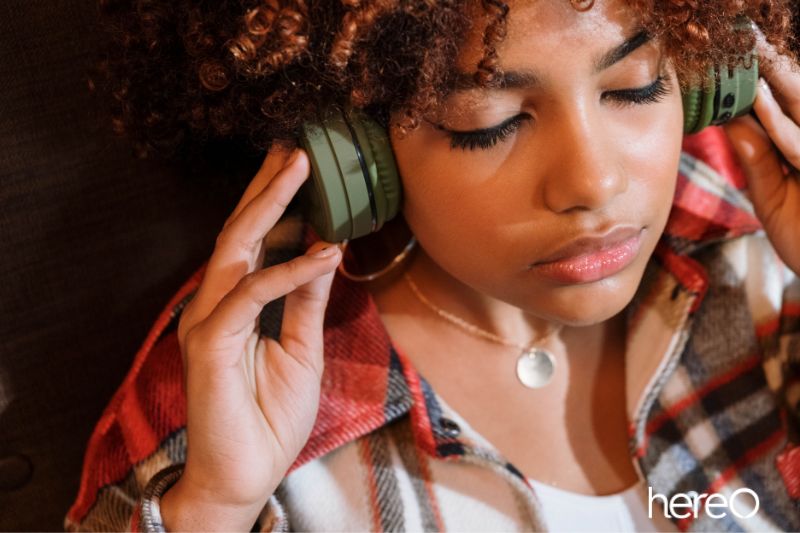
Therefore, having a fundamental understanding of how headphones function is helpful in order to fully comprehend headphone burn-in.
Your headphones serve as speakers in practice. The diaphragm, permanent magnet, and voice coil are the three primary parts of each speaker.
Your headphones’ voice coil is traversed by an electric current, which generates an electrical field that interacts with the magnet’s electromagnetic field. The voice coil vibrates as a result of the difference between the two fields, and the diaphragm moves along with it.
Now when the diaphragm is moving, air pressure waves are produced around you. When these pressure waves strike your ear and cause your eardrum to move, you hear music.
The voice coil, magnet, and diaphragm in the new headphones are inflexible and do not move as easily as they should, according to those who believe in headphone burn-in, which causes erroneous audio playback. The new headphones also come with entirely new hardware.
How Does Burn in Change My Headphone Sound
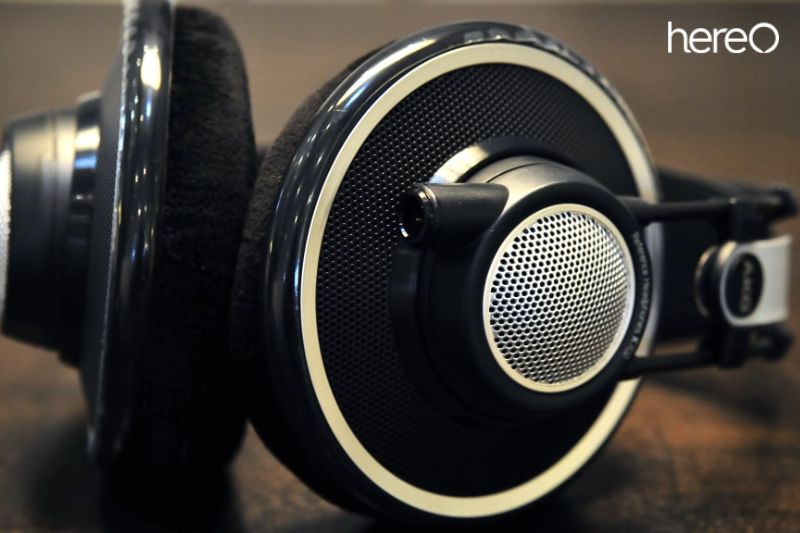
Your headphone has moving parts in it right out of the box. There are miniscule precision drivers present even in tiny IEMs. Air molecules must vibrate at precisely certain frequencies in order for music to be heard through headphones and subsequently in your ears.
That is what the headphone driver does. It is contained within a very precise framework that facilitates the driver’s motions.
To acquire the optimal movement required for a high-quality audio output, it will need some break-in time because it is new. This results in mellower sounding headphones.
How Do I Burn-in My Headphone?
A variety of audio files with varying frequencies and sounds will be necessary. To “burn-in” your new headphones, you can use pre-recorded.wav files or the Burninwave Generator program. The program is available on the internet, so if at all feasible, download it. The majority of headphones require more than 100 hours of use.
Mix up some burn-in sounds. Create a playlist of tunes to burn in. Create a playlist on your computer using Windows Media Player, iTunes, Winamp, or another program. Be sure to vary what you do. The drivers in the headphones should be loosened to the point where they respond to music best.
You don’t actually need to listen to track the development on a regular basis. It doesn’t matter whether your head is between the cans. It can take longer if the headphones are of higher quality.
Somewhere between 80 and 100 hours, the Klipsch Custom 2 in-ear headphones underwent a significant alteration, and I could clearly tell the difference. They were bottomless when they were first unwrapped. They developed prominent mids before lows, but they now have well-defined, balanced lows.
Play low frequencies one after the other. In other words, initially, you might not be able to hear anything below 40 Hz. Before switching to 30 Hz, burn them at 40 Hz for some time. Rotate out to sweeps at low frequencies as well. To hear 30 Hz and lower, you might need to increase the volume.
These frequencies more closely resemble vibrations (think of a diesel semi truck). The frequency eventually sounds like a sluggish helicopter blade as you descend low enough. This frequency is absent from the majority of music.
The headphones will likely have greater balance and a flatter response if they can output such low frequencies. You can halt the burn at any time. No regulations exist.
You are merely accelerating a process that would take place with normal use. Your headphones should sound almost exactly the same after they have been burned in.
Is There a Way to Prove That Burn-in Make Differences

Unfortunately, there isn’t a really definitive response. Although the majority of audiophiles agree that burn-in enhances quality, there is still significant criticism to the practice. The problem is that what constitutes good sound is largely subjective.
The best course of action would be to burn in your headphones gradually and handle them with patience. Before burning it and after, listen to your headphones and develop your own views.
Please be aware that each model of headphones has a unique post-burn-in output. You could discover that some headphones don’t need to be burned in. However, burning in your headphones really sounds like a healthy habit the higher up the headphone ladder you go.
Expert Opinion on Headphone Burn-in
Steve Guttenberg of CNET says:
“I believe headphones’ sound “matures” over time, and I recently had the chance to compare a brand-new set of Etymotic ER-4PT in-ear headphones with my 10-year-old ER-4Ps. I felt the older set was “slightly more ‘relaxed’ and more laid-back in its tonal balance.” The two models have identical specifications, and yet they sounded different.”
The guys from WIRED completely rubbish the idea of burning in new headphones:
“The ambiguity and voodoo can confuse buyers and quickly turn into a colossal waste of time. The fact is burn-in has now become tribal knowledge. You might as well be kissing each earpiece 50 times to see what sonic difference that makes.”
Interestingly, leading audio expert Tyll Hertsens from Inner Fidelity tested a number of AKGs and came to the following conclusion:
“It’s clear to me, having had the experience, that there is indeed an audible difference when breaking-in a pair of Q701 headphones.
I’ve seen measured differences and now experienced audible differences. While the measured differences are small, I believe the human perceptual system is exquisite and able to perceive, sometimes consciously and sometimes sub-consciously, subtle differences.
The differences I heard, while evidently fairly obvious to me, were not large. I’m absolutely convinced that, while break-in effects do exist, most people’s expressions of headphones “changing dramatically” as a result is mostly their head adjusting and getting used to the sound.”
Other Factors That Affect Headphone Sound Quality
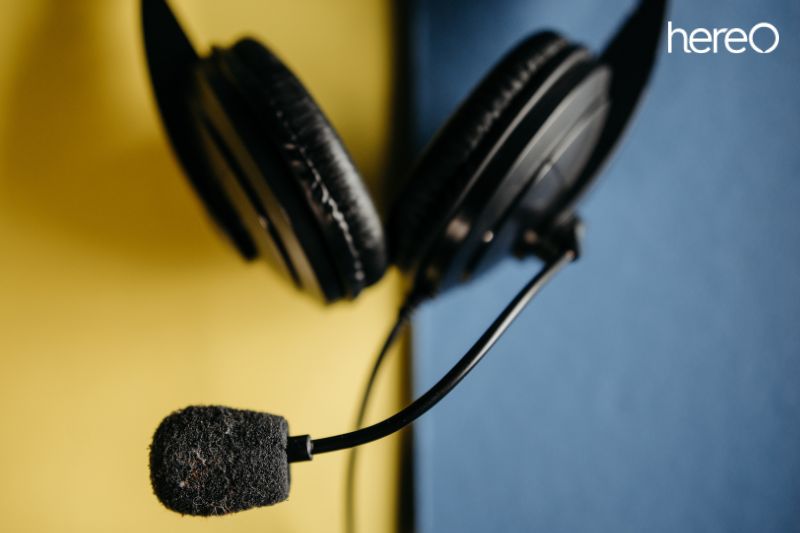
One theory is that the noticeable variation in hearing quality is the result of several modest adjustments working together. Yes, mechanically speaking, headphones’ parts do alter with wear. Few people would contest that reality.
Headphones, however, go beyond the mechanical. Your audio will sound better as a result of the earpads’ ability to conform to the shape of your ears.
The headband of the headphones may give a little amount, adding to your comfort and the headphone deal. A surprise difference is made by improper earbud or headphone fit, which can sometimes significantly change the frequency response and volume detection.
Your perception of the soundstage and tuning of the headphones will also probably alter as you get used to them in general. Alternately, if you’ve greatly updated, you’ll see a big difference between your new and old cans.
FAQs about How To burn In Headphones
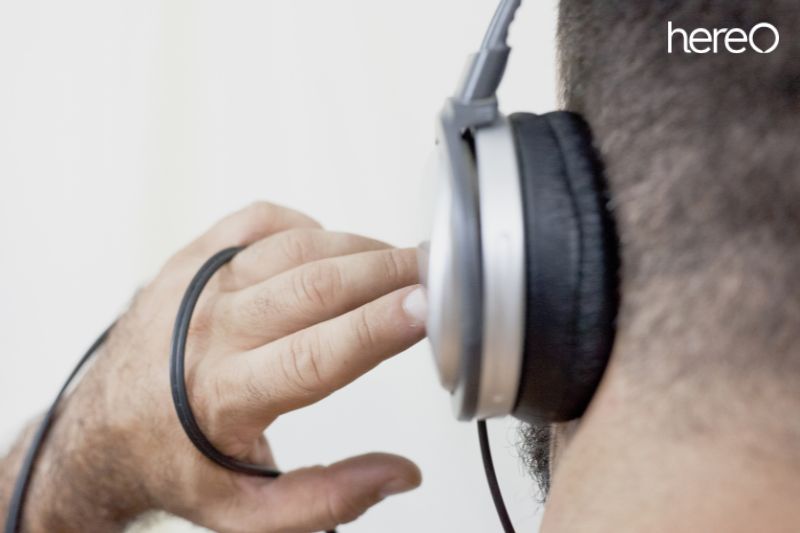
Should I burn headphones in full volume?
Always use a modest volume when breaking in your headphones or earbuds to avoid harming or even destroying the drivers. Additionally, avoid using earbuds or headphones while the burn-in file is playing. Both the sound quality and your hearing health will be poor.
How long do headphones take to burn in?
Generally speaking, burn-in is a painless and straightforward process. Simply keep the headphones on and play music continually. You need to play for at least 40 to 50 hours.
How loud is too loud for music?
Decibels are units used to measure sound. In general, noise levels at or below 70 A-weighted decibels (dBA) are considered safe. Hearing loss can result from prolonged or recurrent exposure to noise levels at or above 85 dBA.
Conclusion
The debate on whether or not to burn in headphones is ongoing, with some believing it greatly improves sound quality and others thinking it’s a waste of time. Ultimately, it’s up to you to decide if you want to give headphone burn in a shot. If you do, make sure to start with low volume and slowly ramp up the volume to ensure the safest, best results.
Thank you for reading. HereOfamily hope you enjoy reading this article.
